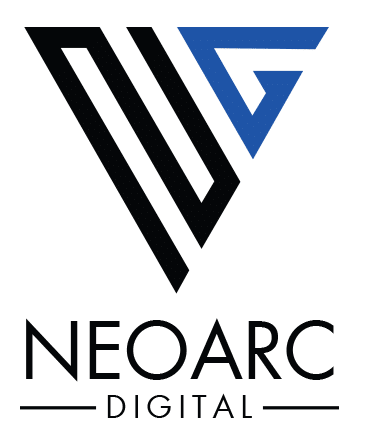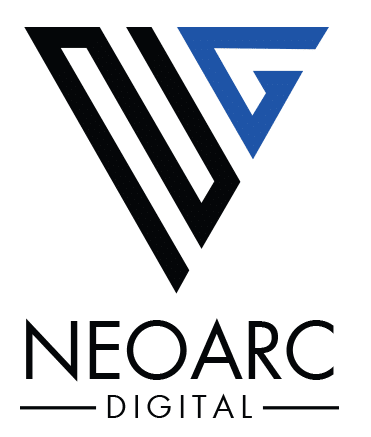In the digital age, social media is a vital tool for boosting engagement and driving traffic. By effectively integrating social media into your website, you can enhance user interaction, strengthen your brand presence, and increase your reach. Here are strategic ways to seamlessly blend social media elements into your web design for maximum engagement.
- Social Login
Implementation: Incorporate social login options, allowing users to sign in or register on your website using their social media accounts, such as Facebook, Twitter, or Google. This simplifies the registration process and gathers valuable data to personalize the user experience.
Benefits:
- User Convenience: Reduces the barriers to site entry by minimizing the need for filling out registration forms.
- Personalization Opportunities: Access to social profile data can enable personalized content and recommendations, enhancing user engagement.
- Social Feeds
Implementation: Embed live social media feeds into your website. This could be your latest tweets, Facebook posts, or Instagram photos directly visible on your homepage or dedicated “Social Media” section.
Benefits:
- Fresh Content: Keeps your website dynamic and updated with the latest content without the need for frequent manual updates.
- Increased Interaction: Encourages visitors to interact with your social content directly from your website, increasing likes, comments, and shares.
- Social Share and Follow Buttons
Implementation: Strategically place social share buttons on content-rich pages (like blog posts, videos, product pages) and follow buttons on prominent areas of your website. Ensure these buttons are visible but not intrusive to the user experience.
Benefits:
- Enhanced Content Circulation: Makes it easy for users to share your content within their social networks, potentially multiplying your reach.
- Grow Social Following: Provides a clear call to action for users to follow your social media profiles, increasing your audience base.
- User-Generated Content
Implementation: Create opportunities for users to contribute content via social media that can be showcased on your website. This could be through hashtags for social media campaigns or contests where users submit photos, videos, or testimonials.
Benefits:
- Community Building: Fosters a sense of community and engagement among users, as they see their contributions valued and showcased.
- Authentic Endorsements: User-generated content acts as peer endorsements of your brand, which can influence new customers more effectively than traditional advertising.
- Social Proof Widgets
Implementation: Implement widgets or plugins that display real-time social proof on your website. This can include recent purchases, social media mentions, or customer reviews and testimonials.
Benefits:
- Builds Trust and Credibility: Seeing others engaging with your brand can encourage new visitors to trust and try your products or services.
- Leverages Peer Influence: Integrating positive social proof can influence potential customers by showing that others have had positive experiences with your brand.
- Integrated Social Media Campaigns
Implementation: Launch campaigns that span both your website and social media platforms. For example, host a webinar that users need to register for on your site, but promote it extensively on social media.
Benefits:
- Cross-Platform Engagement: Drives traffic between your website and social media platforms, leveraging the strengths of both.
- Unified Marketing Message: Ensures consistent branding and messaging across platforms, strengthening your overall marketing campaign.
Conclusion
Integrating social media into your website is not just about placing social icons in the footer. It’s about creating a cohesive strategy that leverages the interactive and dynamic nature of social media to enhance the user experience on your website. By implementing these strategies, businesses can encourage greater engagement, broaden their reach, and build a more connected online community.




